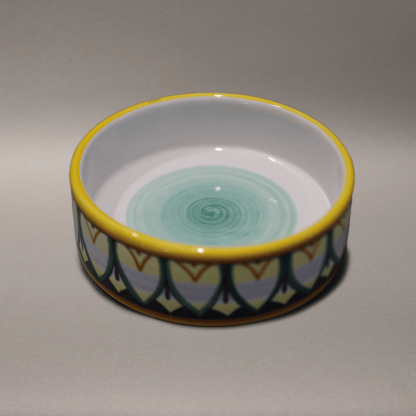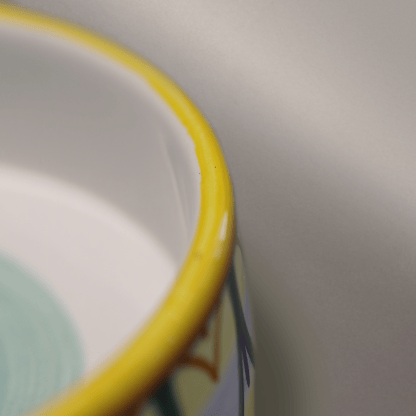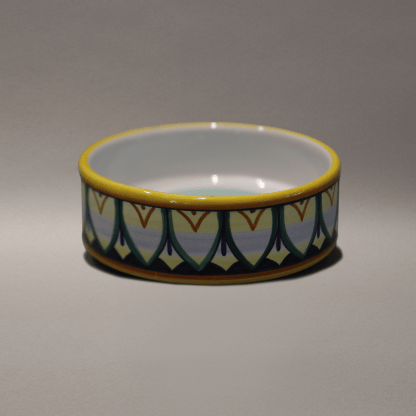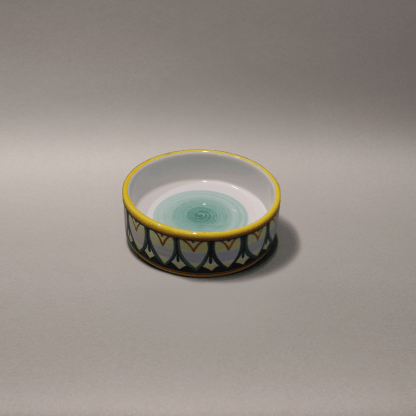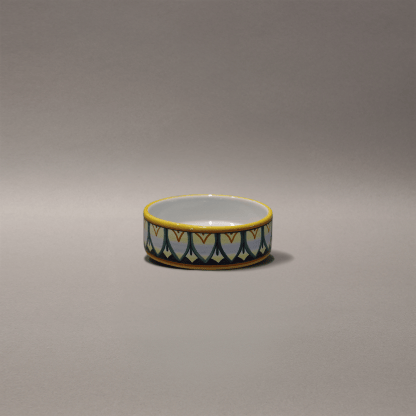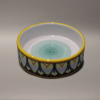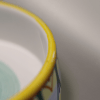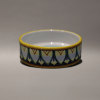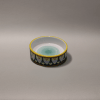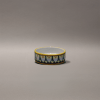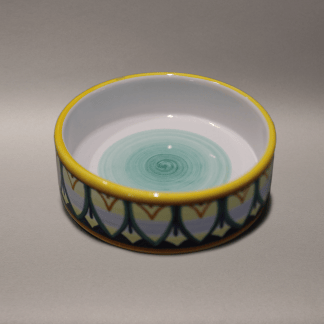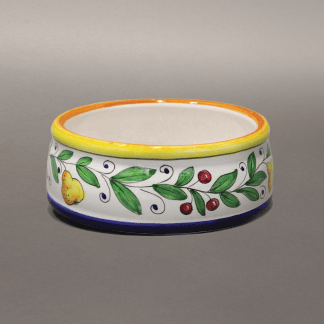Description
Majolica is a type of pottery in which an earthenware clay body is covered with an opaque white glaze (traditionally a lead glaze including tin), then painted with stains or glazes and fired. Majolica is associated with Spain, Italy and Mexico. It was widely produced in Europe and America in the second half of the 19th Century, but its roots are much older. During the Renaissance, a collection of majolica (pronounced ma-JOL-e-ka) signified affluence and good taste. Majolica includes planters, tableware, tea sets, jugs and other decorative objects. Majolica makers usually focused on five signature colors: cobalt blue, antimony yellow, iron red, copper green, and manganese purple, and a white tin enamel was often used for highlights.
